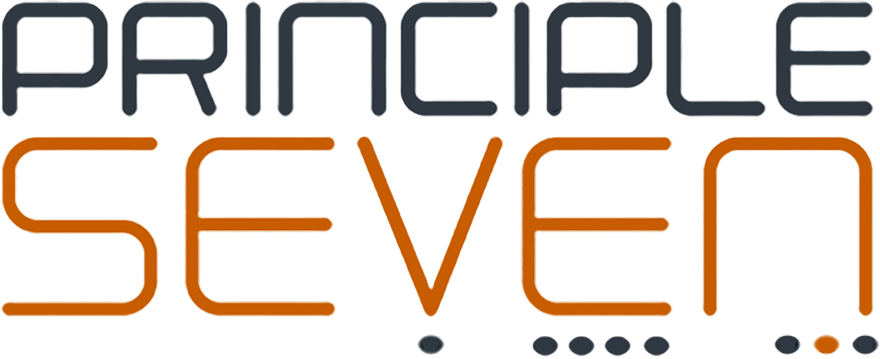1st Rule
Maximise the use of hindsight.
An employer will often ‘back the odds’ and take a risk that would have looked unlikely to occur at the time. Such employers will be proven right more often than wrong, i.e. the scenario(s) under consideration will not result in serious employee harm. The employer can even credibly argue that the total cost of preventing many such risks, each of which is ‘unlikely’ to happen, is not a reasonable expectation.
However, once a person is actually injured, the jury and/or judicial officer will view the actions and inactions through the lens of hindsight and a statement by the employer like “We never thought this would happen so we didn’t do anything” is unlikely to get a sympathetic hearing given IT DID HAPPEN!
Knowing the ‘hindsight’ lens will be how the employer is viewed in court, an expert report on the incident can be significantly harder hitting, e.g. “The fix to prevent this injury would have cost four or five thousand dollars – a very small cost to prevent the impacts this person will have to live with for the rest of their life”. An employer may not see such statements as fair or reasonable, but the plaintiff’s argument is in total compliance with Safe Work Australia guidance.
Wherever possible refer to a Standard or Code that has not been met.
No matter how good the expert witness credentials may be, if two experts contradict each other in court, the jury or the judicial officer may be confused as to who is to be believed. To prevent such a stalemate, where possible, I will always identify relevant credible standards (e.g. Australian/New Zealand Standard, and International Organization for Standardization) that clearly support my client’s case.
Standards overcome the duelling PhDs issue because they are developed through a multi-stakeholder process, which includes experts from the relevant industry, consumer associations, academia, NGO’s and government. There are currently more than 20,000 ISO standards and 5,000 A/NZ standards in place covering almost all aspects of technology including the building, construction, manufacturing, healthcare, and transportation industries.
This approach makes it easier for the jury and/or judicial officer to back a reputable neutral organisation using many subject matter experts, all with access to immense data, time, and people resources, than to pick between me and the expert representing the defendant.
2nd Rule
3rd Rule
Make simple what many engineers love to make complex.
Some expert witnesses like to let the court know how very clever they are. This can lead to them using words that are pleasing to themselves, but only confuse the people deciding the matter. This applies to reports and, where necessary, to court testimony.
My reports will certainly establish the technical bona fides of the findings but will also ensure that each key point is understandable by the plaintiff team, and when necessary, to the jury and/or judicial officer in the court room.
This can take the form of replacing technical language with easier to understand explanations (see the manual handling case in the examples of applying engineering logic to workplace safety cases) or using normal life analogies to assist with understanding a key aspect of the case. For example, “the crushing force on the plaintiff’s forearm arm would have been approx. the equivalent of having a school bus park on it”.
Make use of other expert’s knowledge through published research.
Whilst there are some scientific aspects of individual harm that I would not comment on (see 5th Rule), some scientific fields have been part of Safety Theory for many years. For example, James Reason’s work on human error, Patric Hudson’s work on safety culture, etc. Some safety incidents can be described as human error, suggesting an individual is a fault, whereas they are in fact outcomes of a company’s decisions or behaviours. For example:
Company Culture – When an employee doesn’t report a hazardous situation, the employee may be blamed for a related incident that occurs. However, the psychological concept of the Normalisation of Deviation explains that these situations can come about when employees see dangers so regularly in their place of work that they unconsciously come to regard them as normal, and consequently not unsafe.
Fatigue – Organisations that undertake shift work can create serious fatigue in their workforce if shift planning does not consider the response of the human body to poor sleep patterns, especially if circadian rhythms are not understood and factored into shift scheduling. Although the transport industry doesn’t have specific shift changes, it also has very similar issues.
The above are just two cases of where different fields of study may be involved in a case, and a good safety expert needs to be aware of these specialist fields. Of course. for many safety claims there is insufficient budget to bring in multiple subject matter experts. In such cases, my twelve years in academia as an Assoc. Prof. in safety risk has made me very aware of the non-engineering aspects of safety incidents.
To clarify, whilst I will never allude to being an expert in areas where I am not qualified, I am entirely competent to select and summarise the findings of relevant research papers in my reports and attribute my findings to the original source.
4th Rule
5th Rule
Decline cases where there is greater expertise available in other consultants.
Some safety fields are very specific, and I will not offer my services in such areas. Examples include forensic investigation of road accidents or electromagnetic or nuclear radiation).

